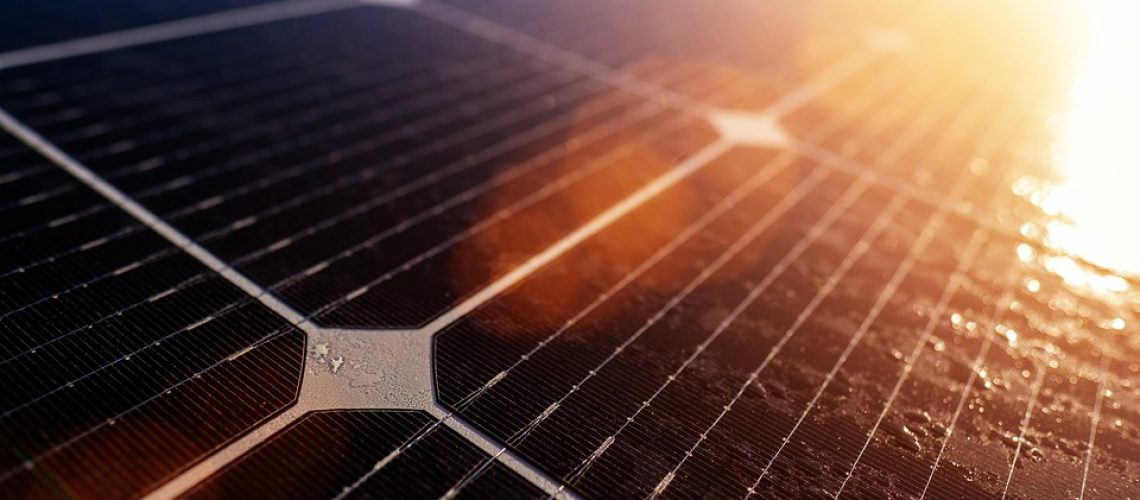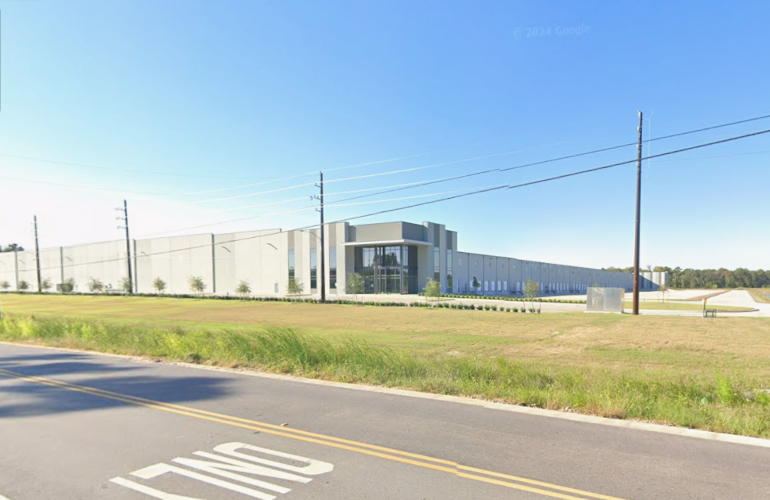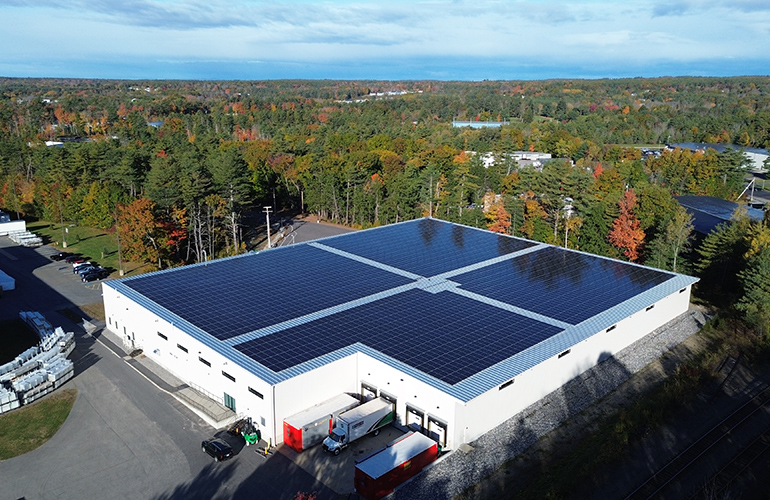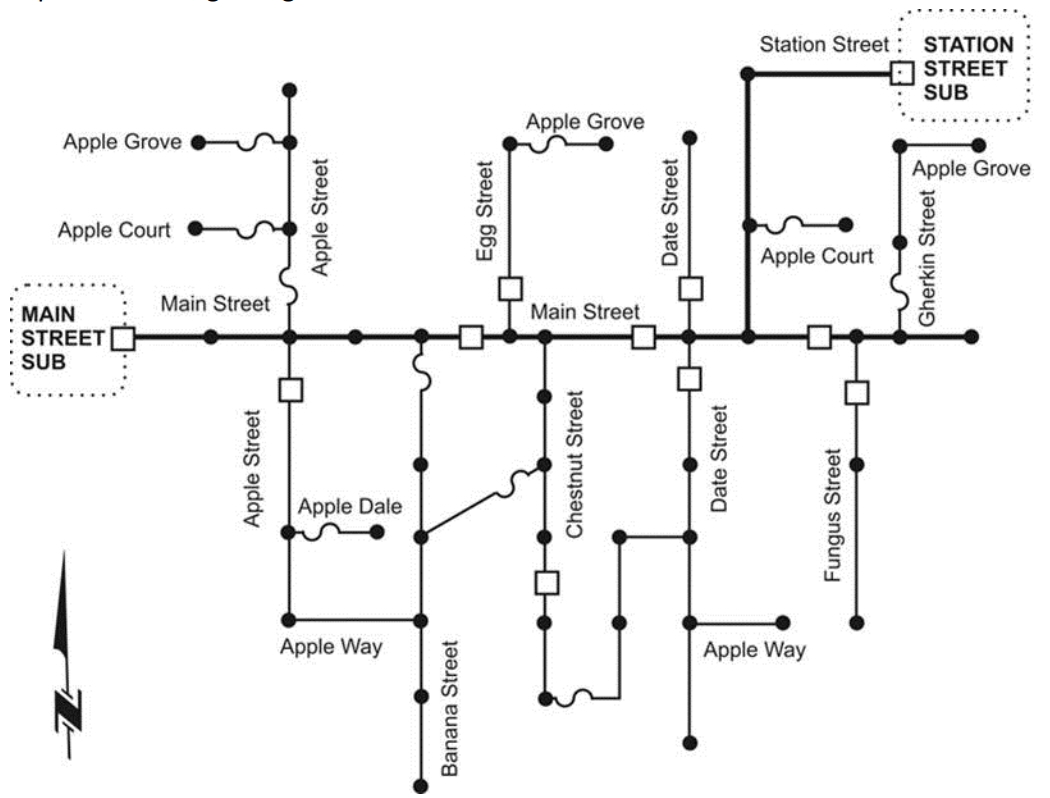Wood Mackenzie is tracking the capacity that manufacturers have announced will come online in the U.S.; however, three challenges remain including a balance of materials, pricing and tariffs.
The Inflation Reduction Act (IRA) of 2022 sets forth both demand and supply-side incentives to encourage solar manufacturing within the U.S., both in the form of production tax credits for manufacturers and investment tax credits for project developers using domestic content. While these incentives have driven a rush of investments on U.S. lands in from major global solar component providers, Wood Mackenzie takes a look at whether the IRA is paying off in terms of growing a supply chain that includes solar components such as wafers, cells, modules and more.
According to Michelle Davis, head of global solar at Wood Mackenzie, the IRA has successfully promoted domestic solar manufacturing investment. Wood Mac is looking at 144 GW of announced module manufacturing capacity, 71 GW of cell manufacturing capacity and 61 GW of wafer manufacturing capacity by 2027. Compare this to the 26 GW of module capacity we have today, along with no wafer or cell production.
But announced versus expected are two different things, and several challenges put the buildout at risk. Wood Mac predicts only about 45% of module capacity, 25% of cell capacity, and 5% of wafer capacity will come to fruition.
According to Davis, “Some investments will fall through and less experienced companies won’t have the expertise and wherewithal to execute on their plans”.
The first challenge, she notes, is seen in the discrepancy between the capacity of modules being produced in the U.S. compared to cells and wafer. As a result, the domestic industry will continue to rely on imports for these upstream materials.
While announced capacity of 71 GW of cell manufacturing and 61 GW of wafer manufacturing could come online by 2027, cell and wafer facilities are much more expensive and complex plants to build. Davis said that because the likelihood of success is lower than with module manufacturing plants, the U.S. solar industry will continue to rely on imported cells and wafers.
The second challenge, according to Davis, is that very few of the “other” solar components are made in the U.S. and this includes glass, backsheets, frames, junction boxes and more. As demand increases, capacity will grow—but it will take time.
One example is U.S. dependence on aluminum module frames, which are mostly imported from East and Southeast Asia, and the report notes that they are all made from carbon-intensive aluminum. A report produced by Wood Mackenzie and Origami Solar, a manufacturer of steel frames, says that if the U.S. solar industry switched from aluminum to recycled steel frames, it would no longer be dependent on foreign imports because “the massive, well-established U.S. steel industry is positioned to easily meet the demand of domestic manufacturers with a more reliable, durable, less carbon-intensive, and readily available product”.
A third challenge is price. With overseas manufacturers expanding stockpiles, oversupply is causing steep price competition, according to Davis, and U.S. manufacturers are selling modules at a loss to compete.
[Also read Solar wafer prices continue to soften, complex international trade situation sparks concerns.]
In response to the price competition, the Department of Commerce initiated its investigation for alleged antidumping and countervailing duty (AD/CVD) infractions in Vietnam, Malaysia, Thailand, and Cambodia. Historically, tariffs have ranged as high as 50% to 250% of the cost of shipped goods. The International Trade Commission (ITC) must make a preliminary determination by June 10, 2024, on whether the domestic industry has suffered injury from import of dumped goods.
These issues and challenges will be discussed in the upcoming Wood Mackenzie’s Solar and Energy Storage Summit June 12 to 13 in San Francisco.






